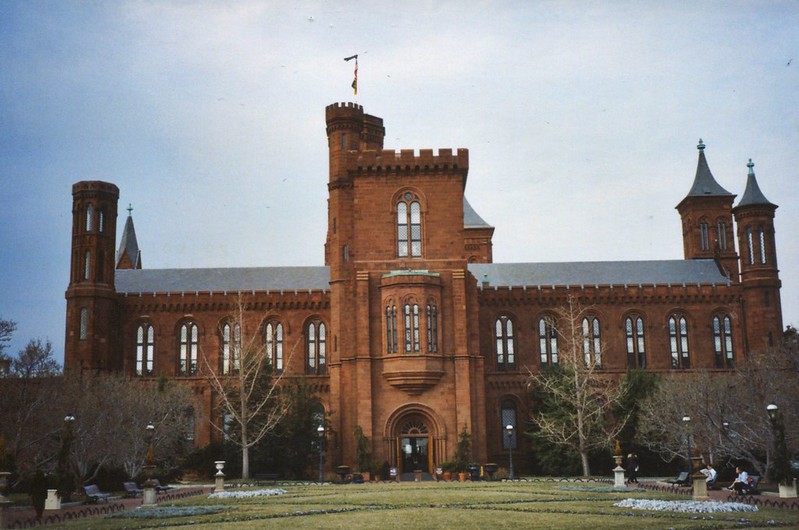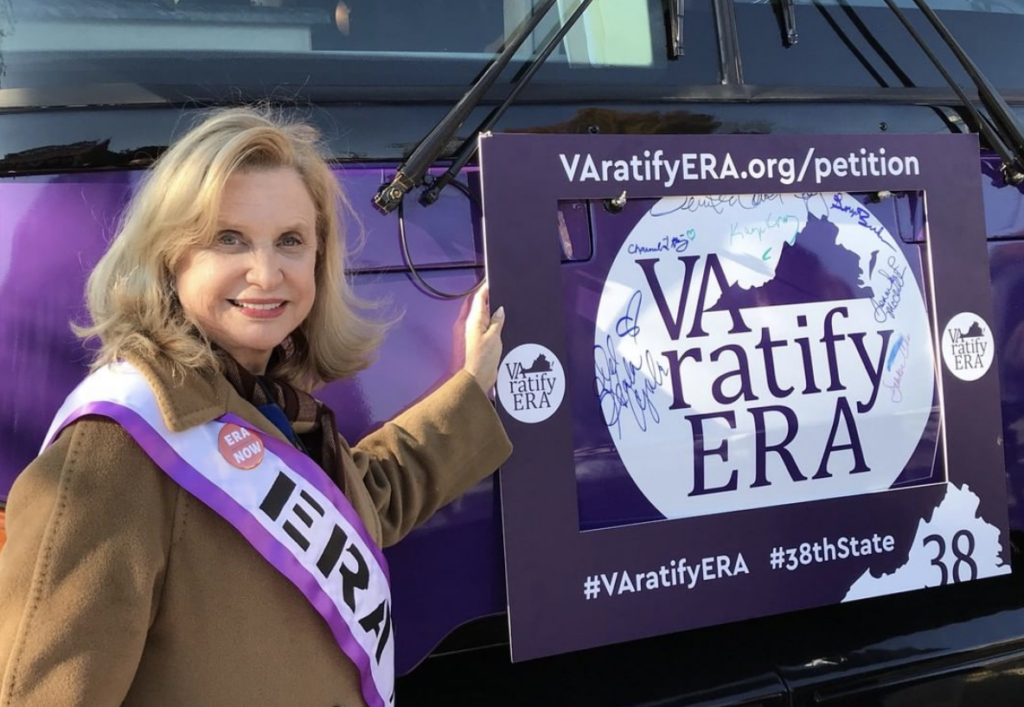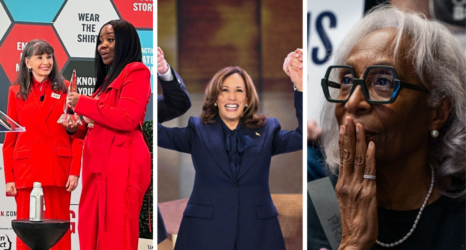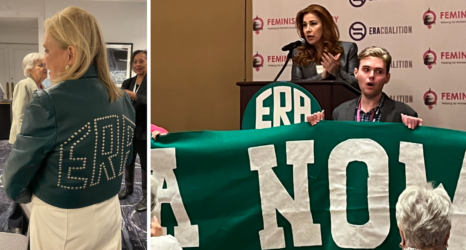The National Mall in D.C. is reserved for national institutions and monuments that pay tribute to and showcase our nation’s rich history. The women’s history museum deserves to stand alongside them.

At the beginning of 2020, I, like many of you, was looking forward to celebrating the centennial of the 19th Amendment and marking 100 years since women won the right to vote. Those plans, like so many others, were derailed by the coronavirus pandemic.
Yet, as we always have, during even the toughest of times, women all across the country still made history. We finally elected our country’s first Black and South Asian woman vice president; Virginia women led the way to making their state the 38th state to ratify the Equal Rights Amendment; and in December, Congress finally passed legislation to create a national museum dedicated to the stories of women throughout American history.
The Smithsonian American Women’s History Museum is decades in the making. For more than 20 years, I have been working to pass a bill that would give women our rightful place in our nation’s history and capital city. As with so many advancements for women, this one was hard-fought.
Young people today—not to mention future generations—deserve the chance to learn and be inspired by the achievements and contributions of women throughout our nation’s history. And yet, women are woefully underrepresented in museums, our national monuments, and even students’ history books.
- Only 13 out of 200 statues in the U.S. Capitol depict women.
- Only 5 percent of the approximately 2,400 national monuments honor women.
- A study of 18 history textbooks showed that just 10 percent of the material documented the contributions of women.
Many people have heard of a handful of great women suffragists, civil rights leaders, scientists and artists, but there are too many lesser-known stories that will be lost if we do not share and preserve them.
Across the country, there are niche museums that showcase specified women’s achievements, but there is no comprehensive national museum dedicated to the remarkable women—from various fields and different time periods who helped shape our nation. These sliver museums are a great start, but we need one comprehensive institution. It would be a loss to us all if these stories remain untold.

Twenty-three years ago, as I was working on advancing the Equal Rights Amendment, I took a walk around the National Mall to clear my head. I was so frustrated that there wasn’t much progress being made on the ERA and was looking for inspiration. On that walk, I noticed that out of all the museums and monuments on the Mall, none were dedicated solely to women. And so, I set out to change that.
Sixteen years after that walk, in 2014, Congress finally passed my bill to create a commission to study the establishment of a national museum dedicated to American women’s history. In its final report issued in November 2016, the bipartisan commission unanimously concluded that not only did Americans need and deserve such a museum, but also recommended that it be part of the Smithsonian Institute and on or near the National Mall. The legislation passed in December 2020 includes these provisions.
I’m thrilled to report that the Smithsonian has already begun the early work that will lead to opening the doors of the Smithsonian American Women’s History Museum, including site selection. I am urging the museum’s leadership to make sure it is prominently located on or near the National Mall. The Mall is reserved for national institutions and monuments that pay tribute to and showcase our nation’s rich history. I believe the women’s history museum deserves to stand alongside them, as women have always been front and center during every major historical moment.
It is incredible to see the outpouring of support for the museum from individuals across the country—there is no question that the energy is out there to make this museum a real success. As more people learn about this effort, I am confident that enthusiasm and support will continue to grow.
The American people need and deserve a comprehensive museum dedicated to the rich tapestry of American women, our achievements and our history. This includes women of every background, every profession and every era since the founding of our nation.
This museum has always meant more than simply looking backward. It is a step toward a more equal future for women. The only way we can empower women is if we properly recognize them. When people walk around Washington, D.C., they should be able to see the broad representation of our country’s diversity—and they should be able to see themselves in the stories that we celebrate.
Up next:





